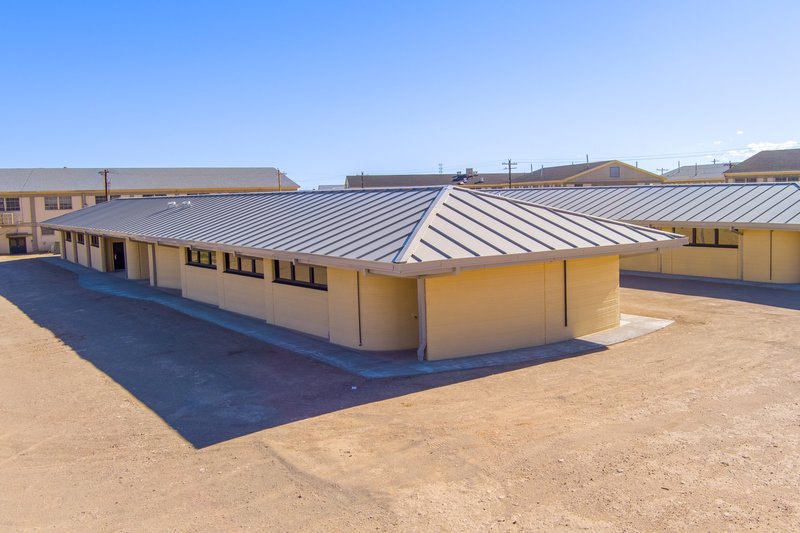In what might be the most underappreciated construction revolution of our time, engineered wood is quietly transforming how we build everything from modest homes to towering commercial structures. Gone are the days when wood meant simply chopping down trees and nailing boards together. Today’s “mass timber” products represent sophisticated technology that’s challenging concrete and steel for supremacy in the building world.
What exactly are we talking about here? Engineered wood (also called mass timber or composite wood) involves binding wood strands, particles, fibers, or veneers together to create materials with precisely engineered properties. Think of it as nature’s building blocks, reimagined through science to overcome traditional limitations.
Engineered – The New Forest of Building Materials
The variety of engineered wood products available today would make your local lumberyard blush with inadequacy. From plywood (the original engineered wood product) to oriented strand board (OSB), medium-density fiberboard (MDF), and cross-laminated timber (CLT), builders now have a veritable buffet of options.
These aren’t just fancy names for the same old material. Each product serves specific purposes with unique characteristics. CLT panels, for instance, can be manufactured in massive dimensions—up to 64 feet by 8 feet and thicknesses exceeding 16 inches. These behemoths are literally replacing concrete in many applications.

What makes this development truly remarkable is that many engineered wood products can utilize trees previously considered “non-structural,” like fast-growing poplar. Some products don’t even require traditional wood at all, instead using bamboo, rye straw, wheat straw, or even sugar cane residue. This represents not just engineering innovation but environmental opportunity.
Engineered – Building Better Through Science
The secret sauce in engineered wood is predictability. Unlike natural timber, which can have inconsistent properties due to knots, grain variations, and other natural features, engineered wood delivers reliable, tested performance every time. This reliability translates to safer buildings and more efficient construction processes.
In modern construction projects, engineered wood products are increasingly replacing steel beams and concrete assemblies. This shift isn’t just about material preference—it’s changing how buildings perform. Wood products offer excellent strength-to-weight ratios, superior insulation properties, and often better fire resistance than commonly assumed.
The manufacturing process itself represents a marvel of precision. Take oriented strand board (OSB), which arranges rectangular wood strands in specific orientations to maximize strength in desired directions. The resulting panels even include directional arrows so builders know how to position them for optimal structural integrity.
Beyond Construction: Everyday Applications
While the structural applications are impressive, engineered wood has become ubiquitous in our daily lives beyond building frames. That flat-pack furniture you struggled to assemble last weekend? Engineered wood. Kitchen cabinets? Often made from particleboard with decorative veneers. Flooring, decorative paneling, and countless other products leverage these technologies.

This widespread adoption makes sense economically, environmentally, and practically. Engineered wood products maximize the utility of forest resources, often incorporating material that would otherwise become waste. They typically weigh less than solid wood equivalents, reducing transportation costs and making installation easier.
The evolution of engineered wood represents one of construction’s most significant advances—a perfect marriage of traditional materials with modern science. As buildings account for nearly 40% of global carbon emissions, these wood-based alternatives offer potential for carbon sequestration that concrete and steel simply cannot match.
As climate considerations increasingly influence building codes and design choices, expect engineered wood to continue gaining prominence. The forest products industry has effectively transformed itself from an extraction business to a high-tech manufacturing sector, with sustainability and innovation at its core. Who knew the humble tree could be reimagined in so many revolutionary ways?



